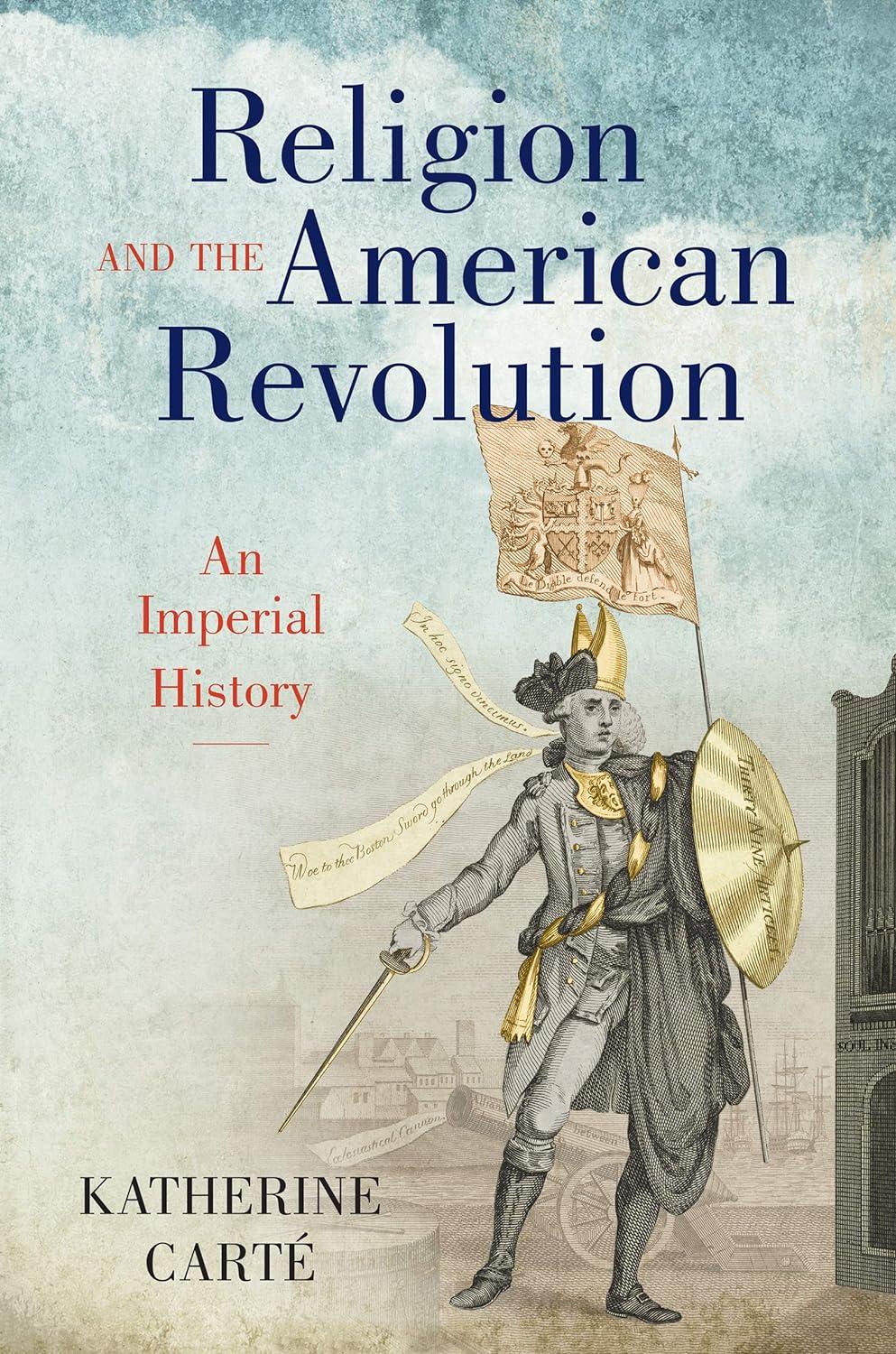In Religion and the American Revolution, you describe religion as an “imperial bridge” between Britain and the North American colonies. Can you describe what that meant?
We often think of religion as what people believed, but because people organized themselves into denominations, societies, and all kinds of religious fellowships, it also functioned to connect people. For many Americans and Britons who participated in religious institutions, those communities connected them to peers across the Atlantic. In addition, religious leaders in the colonial British Empire believed that Empire was the best way to promote protestantism and Christianity. The reach of the British Empire helped them spread their faith to Indigenous peoples and to enslaved peoples. Its armies and navies fought against the dangers of Catholic powers, especially the Spanish and the French. Both colonists and Britons were part of that project. They served in British armies on behalf of what they called the “Protestant Interest.” They donated money to help support missionaries. They attended sermons that described the dangers of “popery” (an anti-Catholic slur) among Indigenous peoples, and distributed devotional materials printed in Britain to their neighbors. In all these ways, colonists’ connections to imperial Protestantism helped bridge the connections between Great Britain and the colonies.
Within the colonies (and then states), what role did geography play in understanding the impact of religion on the efforts of both Patriots and Loyalists to win adherents?
That’s such a great question! There are two really different answers. One is to think about regions. New England, the mid-Atlantic, and the Southern colonies each had different kinds of religious populations and establishments. In each of those places, Loyalists and Patriots used religion differently. In New England, the clergy of the “Standing Order” largely supported the Revolution, while Anglicans were often Loyalists, and they could face persecution. As always, the mid-Atlantic was the site of a lot of diversity and confusion—Presbyterians could be staunch Loyalists or fervent Patriots, for example. Pacifist leaning groups, like the Quakers and Moravians, had different calculations to make. In the Southern states, where the Church of England was established, being a member of that church meant little in terms of which side one took in the Revolution. In other words, the same kinds of regional situations we see for other issues are there for religion too.
Geography mattered in a different way as well. Religious leaders and networks were most effective in more densely populated areas, particularly in cities. As a result, leaders from either faction could debate issues of politics in cities in ways that were less likely in more remote areas. I’m thinking here of Samuel Seabury debating Alexander Hamilton, or Charles Inglis and Thomas Paine. Those two Loyalist Anglican ministers were part of the Revolutionary fray of New York City. People in rural areas certainly had diverse opinions and vibrant debates, but urban spaces saw more politicized religious publishing, so it’s more evident in the record. We should remember when we’re evaluating such statements that they often came from an urban environment.
